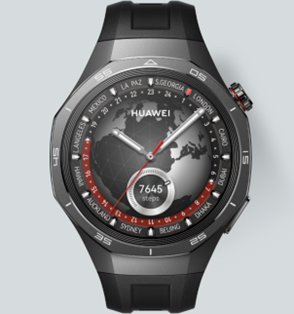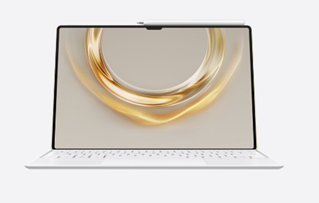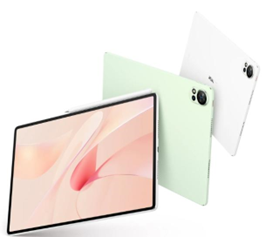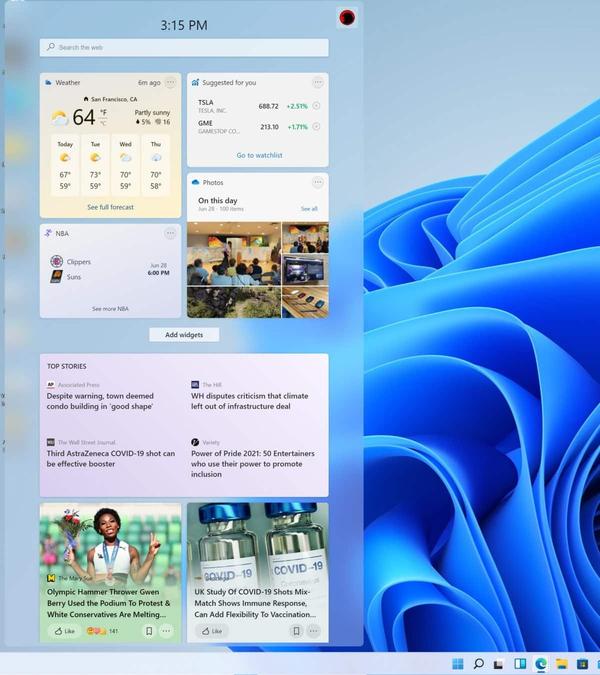The Design Evolution of Smart Bands: From Functionality to Fashion
Smart bands have transformed significantly from their early days as utilitarian fitness trackers to today’s stylish wearables. These devices, once characterized by basic designs focused purely on functionality, are now shaped by fashion and user demand for aesthetically pleasing accessories. This journey from bulky bands to sleek, fashionable wristwear highlights how consumer expectations and technological advancements drive design evolution. Analyzing this shift provides insight into how smart bands have become essential fashion statements, blending technology seamlessly with everyday style.
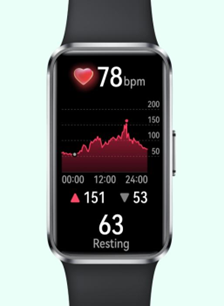
Early Design: Functionality Over Fashion
Simple and Practical Designs for Fitness Tracking
In the beginning, smart bands were conceived with a singular focus: fitness tracking. Their primary goal was to monitor and record physical activities such as steps taken, calories burned, and sleep patterns. This functionality dictated their design, which prioritized simplicity and practicality. The early models featured basic silicone bands that were unembellished and often available in limited colors like black or white. These designs ensured that the devices were affordable, easy to use, and could withstand the rigors of an active lifestyle.
Focus on Durability and Comfort
Durability and comfort were key considerations in the design of early smart bands. Manufacturers used materials such as rubber and plastic to create bands that could endure the wear and tear of daily activities. These materials were not only robust but also lightweight, ensuring that users could wear their bands for extended periods without discomfort. The designs often incorporated adjustable straps to provide a secure and customized fit, catering to the needs of diverse users engaged in various physical activities.
Basic Displays and Minimalist Interfaces
The displays on early smart bands were minimalistic, often featuring small monochrome screens or LED indicators. The primary function of these displays was to show essential information like step count or heart rate. User interfaces were straightforward, with simple menus navigated through a few tactile buttons. This minimalist approach ensured ease of use and helped preserve battery life. The emphasis was on delivering necessary fitness data rather than offering a rich, interactive experience.
The Rise of Fashionable Smart Bands
Integration of Stylish Materials and Finishes
As consumer preferences evolved, so did the expectations from smart bands. People began to desire devices that not only tracked their fitness but also complemented their style. In response, manufacturers started integrating stylish materials and finishes. Leather, metal, and woven fabrics began to replace basic rubber and plastic, offering a more sophisticated look. These materials not only enhanced the aesthetic appeal but also allowed smart bands to be worn comfortably in various social settings, from the gym to the office.
Collaboration with Fashion Brands for Design
Recognizing the demand for fashionable tech, companies started collaborating with well-known fashion brands. These collaborations resulted in designs that combined the technical prowess of smart band manufacturers with the design expertise of fashion houses. These collaborations helped smart bands gain acceptance as stylish accessories in the fashion-conscious market.
Customizable Bands and Straps for Personalization
Personalization became a significant trend in smart band design. Manufacturers began offering interchangeable bands and straps in various colors, patterns, and materials. This feature allowed users to customize their smart bands to match their outfits or express their style. Customizable options catered to a broader audience, making smart bands appealing to different demographics, including fashion enthusiasts who might not have been interested in fitness trackers initially.
How Smart Bands Balance Functionality and Fashion
Versatile Designs for Different Occasions
Modern smart bands are designed with versatility in mind, catering to various occasions. They strike a balance between sleek, understated designs suitable for professional environments and more vibrant, sporty styles for casual or athletic settings. The ability to switch between different bands and customize appearance means that a single device can seamlessly transition from a business meeting to a workout session, maintaining relevance and usefulness throughout the day.
Offering Both Fitness Features and Style
Today’s smart bands are no longer just fitness trackers; they have evolved into multi-functional wearables. They offer a range of features, including notifications for calls, messages, and social media, along with fitness tracking. The integration of these functionalities within stylish designs means users do not have to compromise on appearance to enjoy the benefits of a wearable device. This dual appeal has broadened the market, making smart bands a popular choice for both tech enthusiasts and fashion-forward individuals.
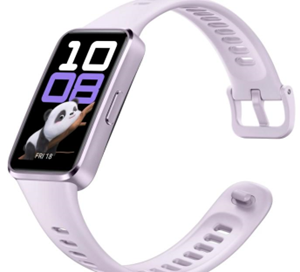
The Importance of User Comfort and Wearability
User comfort remains a priority in smart band design, despite the focus on style. Advancements in materials and ergonomic designs ensure that these devices are comfortable to wear for extended periods. Lightweight materials, smooth finishes, and breathable straps contribute to overall wearability. Additionally, smart bands are designed to be water-resistant, sweat-proof, and durable, ensuring they can withstand daily activities while maintaining their stylish appearance.
Conclusion
The design evolution of smart bands from mere fitness trackers to fashionable accessories highlights the dynamic nature of consumer technology. By integrating stylish materials, collaborating with fashion brands, and focusing on personalization, manufacturers have created devices that appeal to both function and fashion. For example, the HUAWEI Band and HUAWEI malaysia smartwatch showcase a perfect balance of advanced technology and sleek design, making it a standout in the market. This balance is crucial for the continued popularity of smart bands, ensuring they remain relevant in a market that values both technological innovation and aesthetic appeal. As technology continues to evolve, it will be exciting to see how smart bands adapt to meet future demands.
